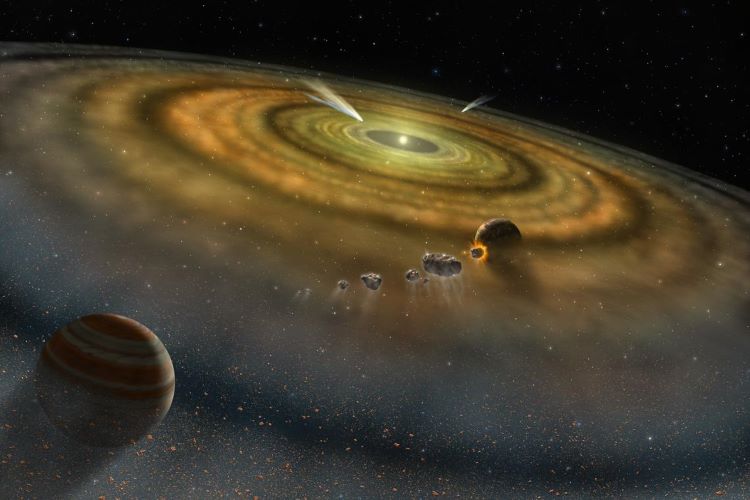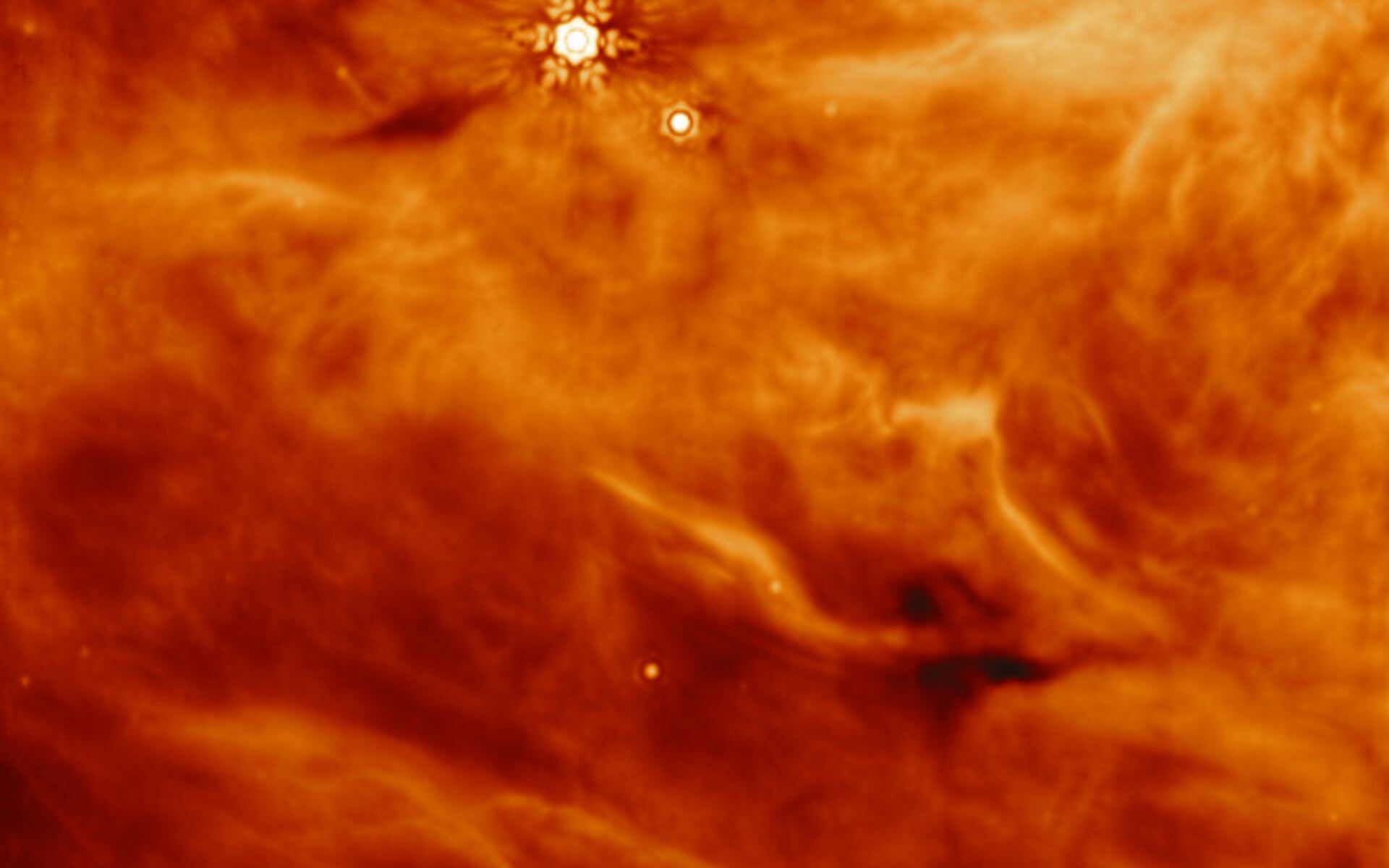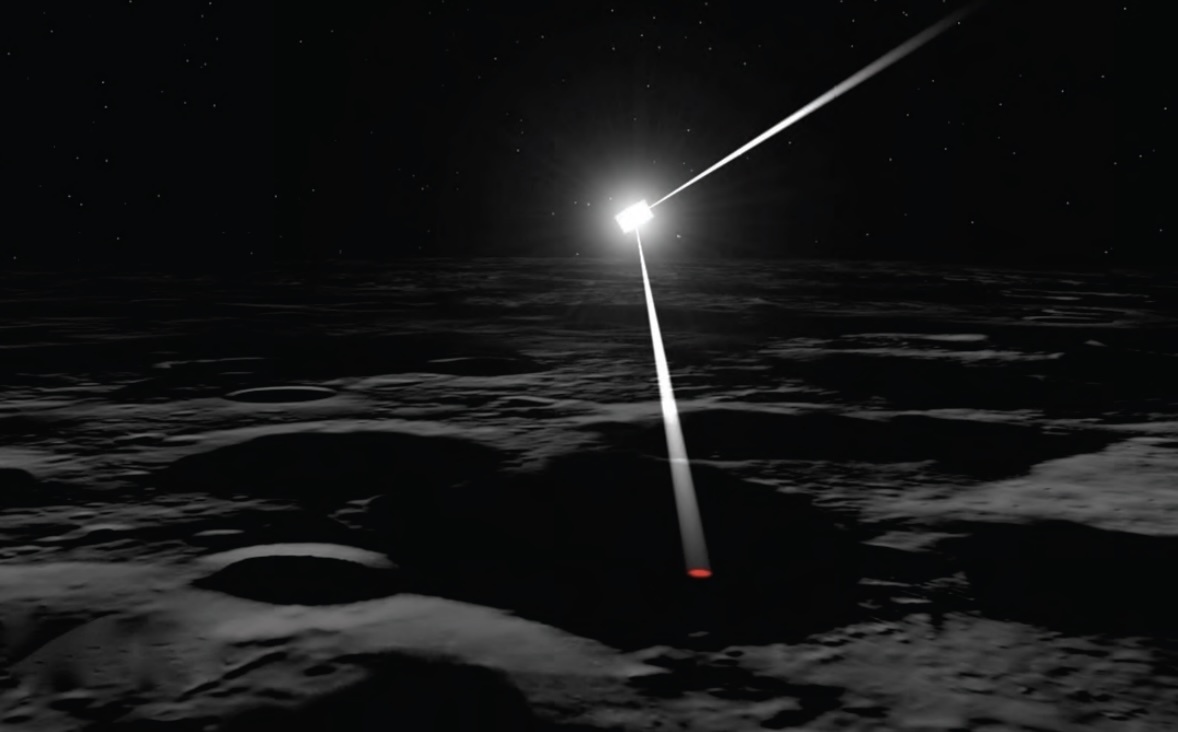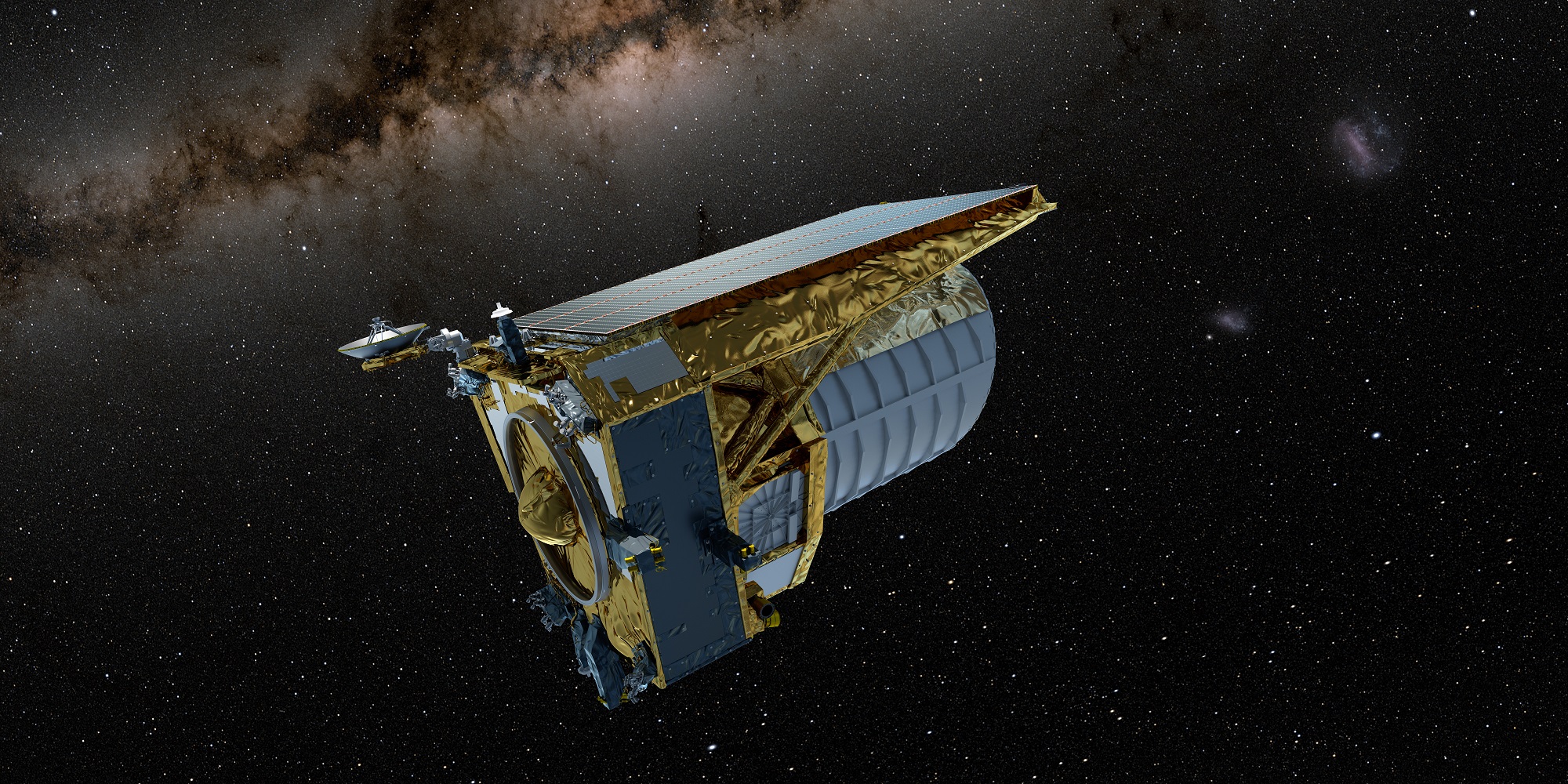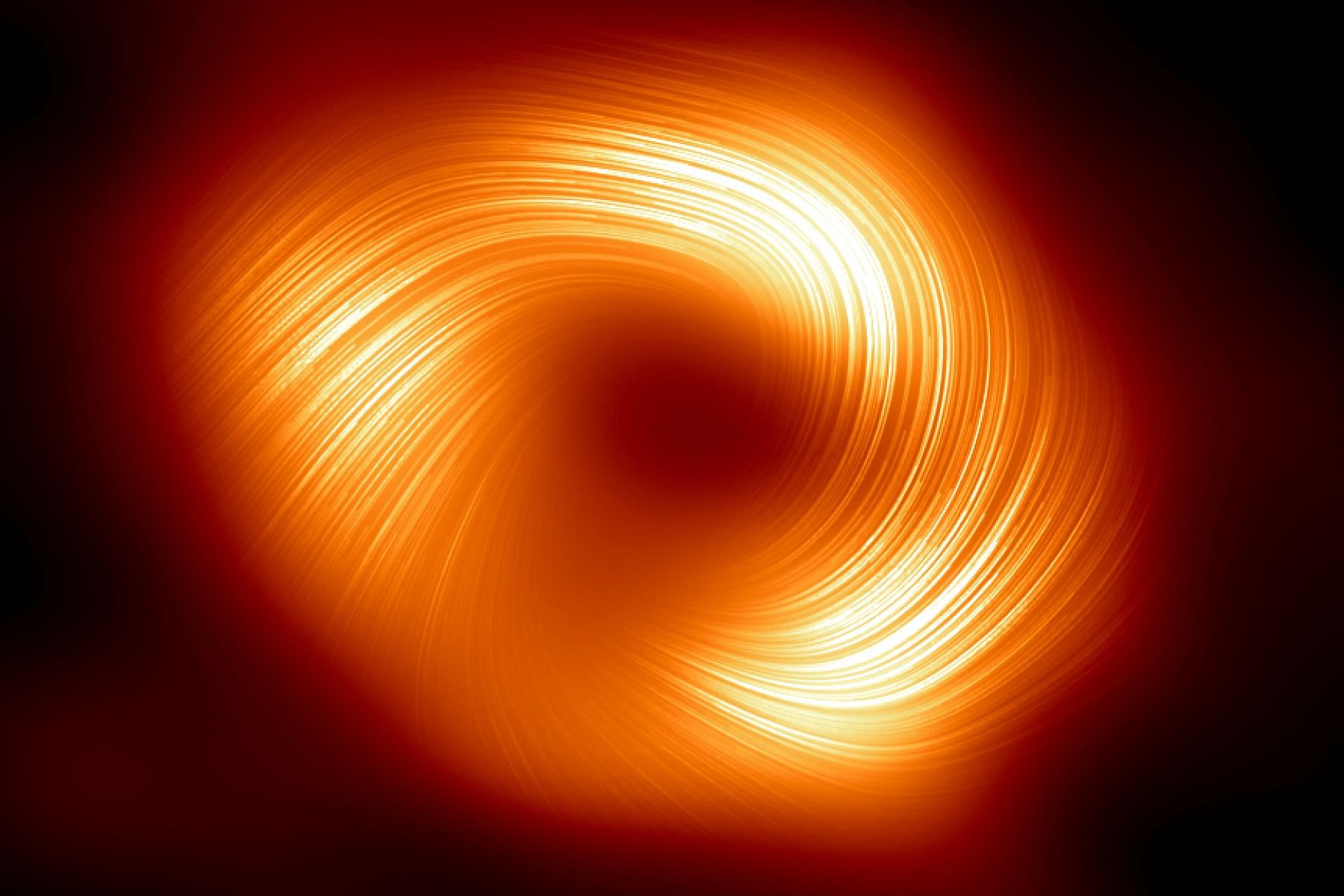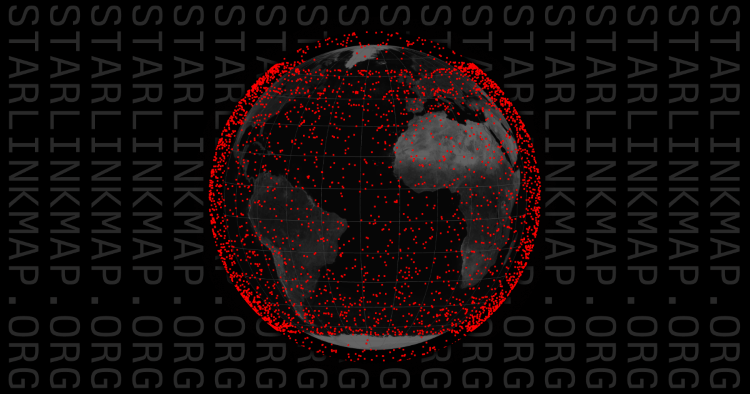Measuring the distance to far away objects in space can be tricky. We don’t even know the precise distance to even our closest neighbors in the Universe – the Small and Large Magellanic Clouds. But, we’re starting to get to the tools to measure it. One type of tool is a Cepheid Variable – a type of star that varies its luminosity in a well-defined pattern. However, we don’t know much about their physical properties, making utilizing them as distance markers harder. Finding their physical properties would be easier if there were any Cepheid binaries that we could study, but astronomers have only found one pair so far. Until a recent paper from researchers from Europe, the US, and Chile shows measurements of 9 additional binary Cepheid systems – enough that we can start understanding the statistics of these useful distance markers.
Continue reading “Astronomers Only Knew of a Single Binary Cepheid System. Now They Just Found Nine More”Astronomers Only Knew of a Single Binary Cepheid System. Now They Just Found Nine More



